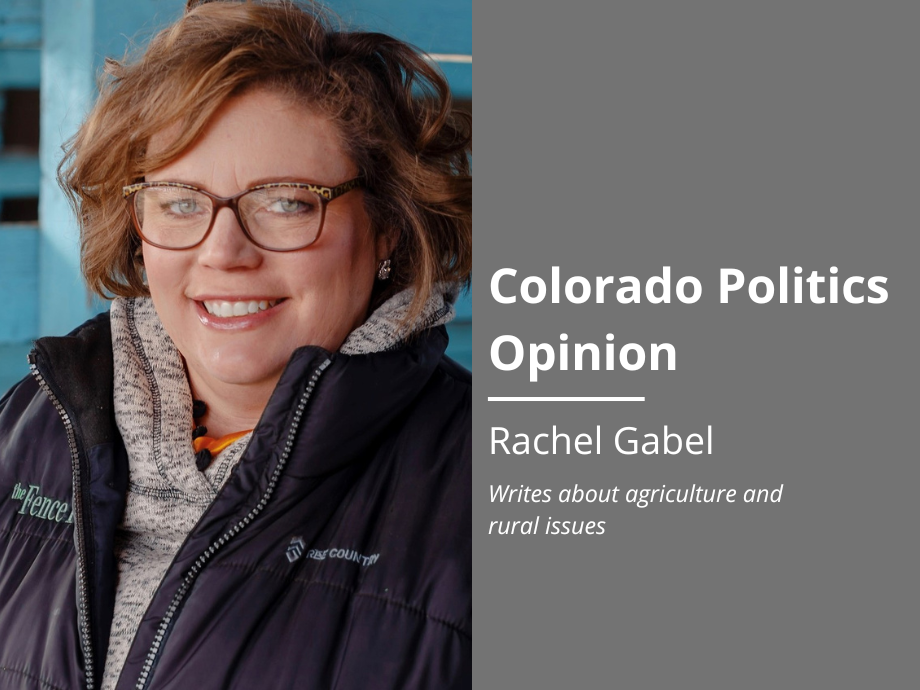Trespassing animal rights activists endanger animals, ag biosecurity | GABEL


Biosecurity in agriculture is paramount from the farm gate, to the ports, to the airports, to the border. Two diseases that have been prevalent in headlines and top-of-mind for producers are Highly Pathogenic Avian Influenza and African Swine Fever (ASF). There is a 100% mortality rate for ASF and no vaccine, though, thus far, the United States Department of Agriculture’s Animal and Plant Inspection Service and their partners have been successful in preventing it from entering the U.S. HPAI is more difficult to control because it is largely spread by migratory birds who, at this point, refuse to submit to biosecurity measures and, particularly this time of year, refuse to heed travel restrictions. Both diseases can be best mitigated at the farm level by taking critical disease control measures.
The majority of hogs in the U.S. are raised in buildings for this purpose. Employees who come into contact with the inside of the barns and the hogs themselves typically shower in and shower out, wear dedicated clothing worn only inside that particular building. On-farm traffic and access is also restricted.
ASF can be carried on clothing, shoes, equipment, contaminated personnel, vehicles, contaminated feed or water, infected wild or domestic hogs, soft ticks, stable flies and semen. Producers must be vigilant about prohibiting anyone who has been in a country where ASF is present from entrance for at least five days, vehicles must be disinfected as they enter and exit the farm and people must be prohibited from eating in livestock areas, as the pork and pork meat products can be a source of spread, though it is not a threat to human health.
Stay up to speed: Sign-up for daily opinion in your inbox Monday-Friday
Countries with ASF include the Dominican Republic, Haiti, China, Mongolia, Vietnam and portions of the European Union. It is, according to USDA releases, most common in countries that feed garbage to hogs. USDA APHIS widely uses the Beagle Brigade to screen passengers and cargo for detecting prohibited agriculture items hidden from view. The canines sniff out everything from live snails to pork from high-risk countries to keep ASF and other diseases from entering the country. Outside the heavily trafficked airports, larger dogs are used. Laborador retrievers make up the Border Brigade on the U.S. borders and the Cargo Brigade in cargo inspection facilities at air and seaports. According to the USDA, about 200 agriculture canine teams are used to screen border crossings, preclearance locations, air passenger terminals, cruise terminals, cargo warehouses and mail facilities that process international passengers and commodities.
As for HPAI, the use of buildings and on-farm biosecurity is key for mitigation. The disease is spread by direct contact, surfaces and materials. For poultry raised outside, the disease can literally fall out of the sky, making the threat significant. When HPAI is detected, all exposed birds are destroyed. In Colorado in December, 2022, one case of HPAI caused a flock of 260,000 chickens in Weld County to be destroyed. This was one of multiple cases in both wild and domestic bird populations. HPAI has been reported by the Colorado Department of Agriculture as recently as Wednesday.
Though producers and their partners in the state departments of agriculture and USDA can mitigate these diseases to some extent, one of the more difficult to control threats to biosecurity is animal-rights activists who trespass in the name of “rescuing” animals.
As extremists trespass onto farms, they’re bringing cameras and diseases with them. They’re failing to respect private property, laws or biosecurity measures in place to keep livestock and consumers safe. One group that is particularly notorious for trespassing and theft of livestock is Direct Action Everywhere. According to The Press Democrat, outbreaks of HPAI on two Petaluma, California, poultry operations were confirmed after the operations were targeted by DxE. Members of the group posted videos of themselves trespassing on the poultry operations and failing to adhere to biosecurity measures and ag officials in the area said the outbreak and the extremist group’s trespassing correlate. As a result, 80,000 hens were euthanized at one farm and, on the day before Thanksgiving, the entire flock of nearly 170,000 birds on another operation were euthanized.
Some rescue.
Ag producers don’t restrict access or utilize buildings because they’re veiling nefarious acts. I can only imagine the job of euthanizing and wasting an entire farm population of 170,000 birds the day before Thanksgiving. It’s sickening, financially devastating, heartbreaking and entirely avoidable.
Rachel Gabel writes about agriculture and rural issues. She is assistant editor of The Fence Post Magazine, the region’s preeminent agriculture publication. Gabel is a daughter of the state’s oil and gas industry and a member of one of the state’s 12,000 cattle-raising families, and she has authored children’s books used in hundreds of classrooms to teach students about agriculture.













